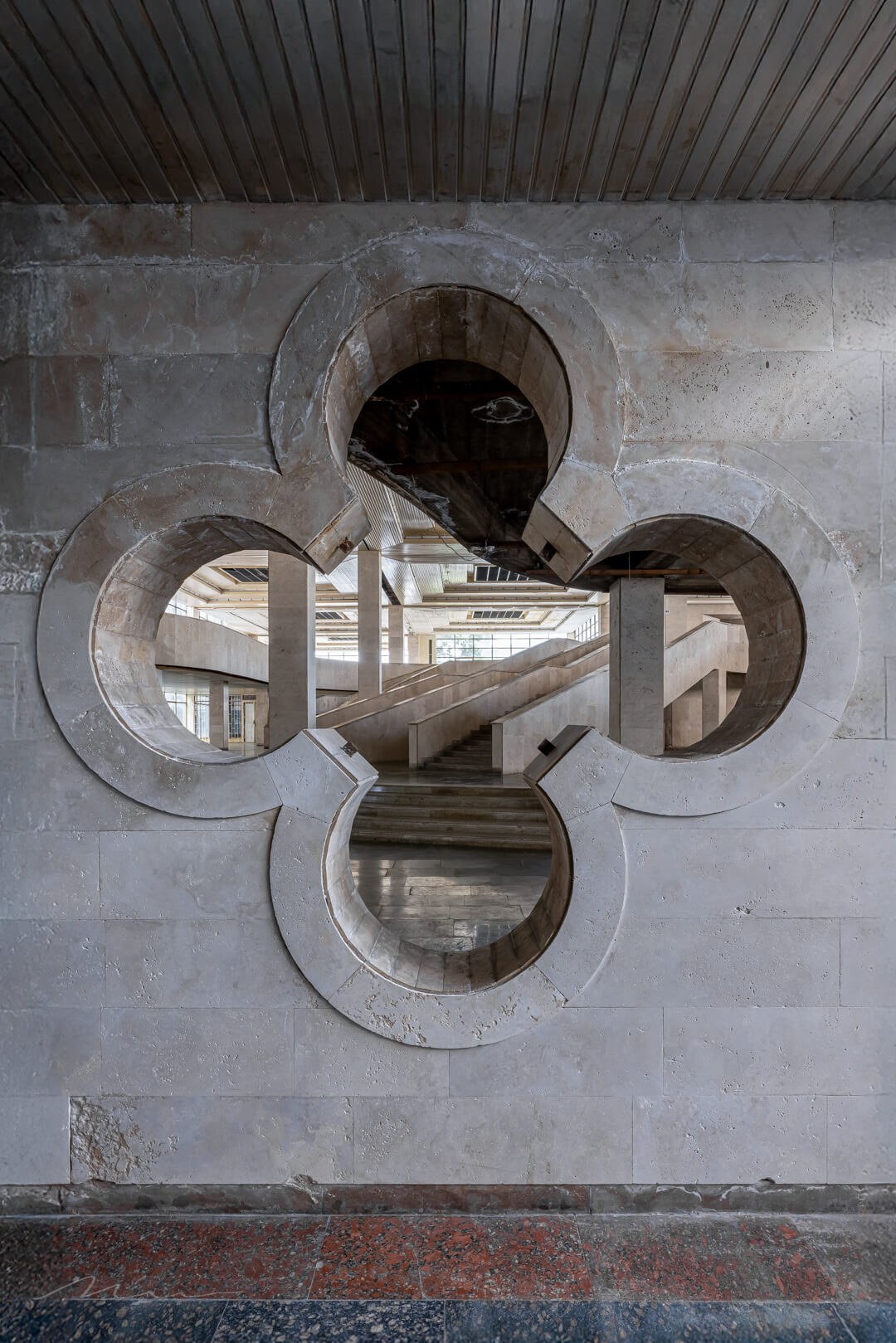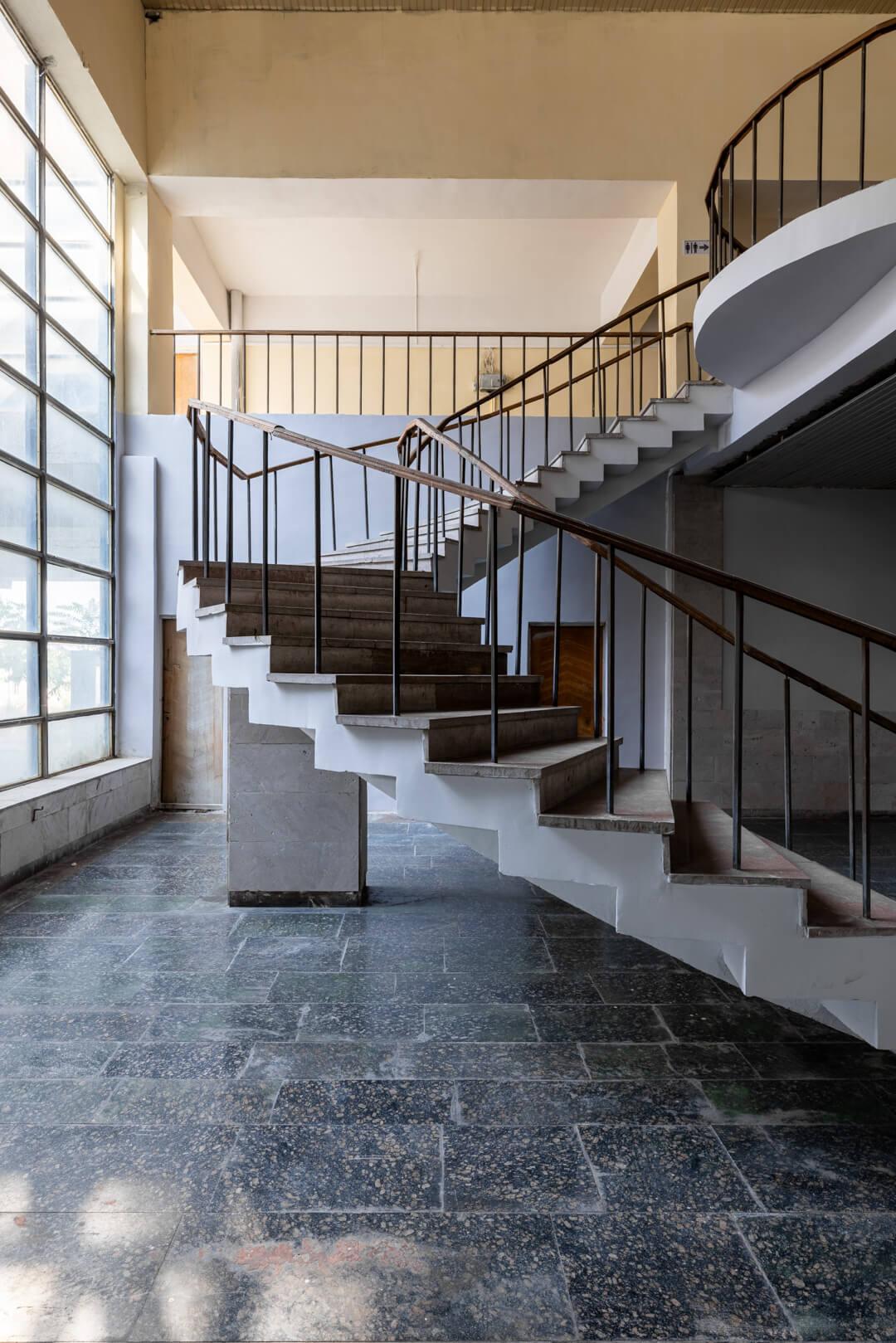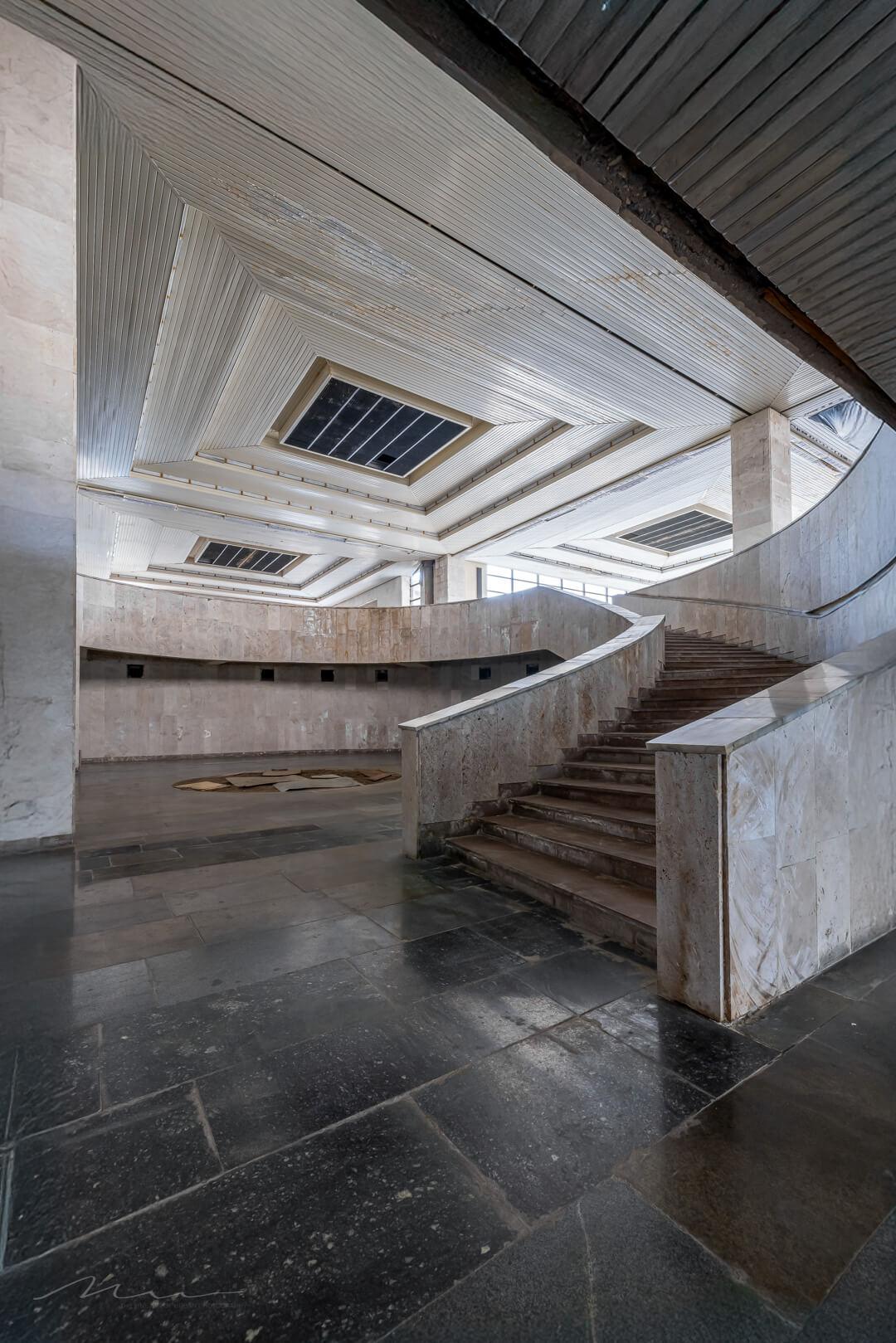CCCP Architectual Brutalism
- July 29, 2025 - Journeys
Echoes of the Future Past — Visiting a Soviet-Era Brutalist Bus Station
On the edge of Yerevan, Armenia’s capital, stands a hauntingly beautiful structure that time seems to have forgotten — the Northern Bus Station. She stands a relic of a bygone era. Once a symbol of modernity and movement under the former Soviet Union (CCCP), this structure still in use and not forgotten. I recently visited this surreal place, camera in hand, drawn in by its beauty, its presence, and its brutalist design.
Built during the Soviet era, this striking example of architectural brutalism once served as a hub of movement, progress, and control. Today, it stands still strong, utterly captivating and in use.
Architecture
Soviet brutalism, a post-war architectural movement, was defined by raw concrete, bold geometric forms, and a commanding presence. In the USSR, these structures were not only utilitarian — they were ideological. They symbolized a state-built future: solid, collective, enduring. The Northern Bus Station in Yerevan is no exception. With its angular silhouette and futuristic overhangs, it once embodied the forward-looking optimism of the Soviet regime.
There’s something deeply compelling about old Soviet architecture — the rawness of the materials, the precision of the linework, the unapologetic scale. It was architecture built to last, to impress, and to impose. And yet, within that brutal strength lies a kind of strange beauty — a quiet elegance in concrete, steel, and shadow. These structures speak to a time of control and ambition, but also to vision and craft. I’m endlessly drawn to them — not out of nostalgia, but fascination. They stand as monuments to ideology, but also to design that dared to defy convention.
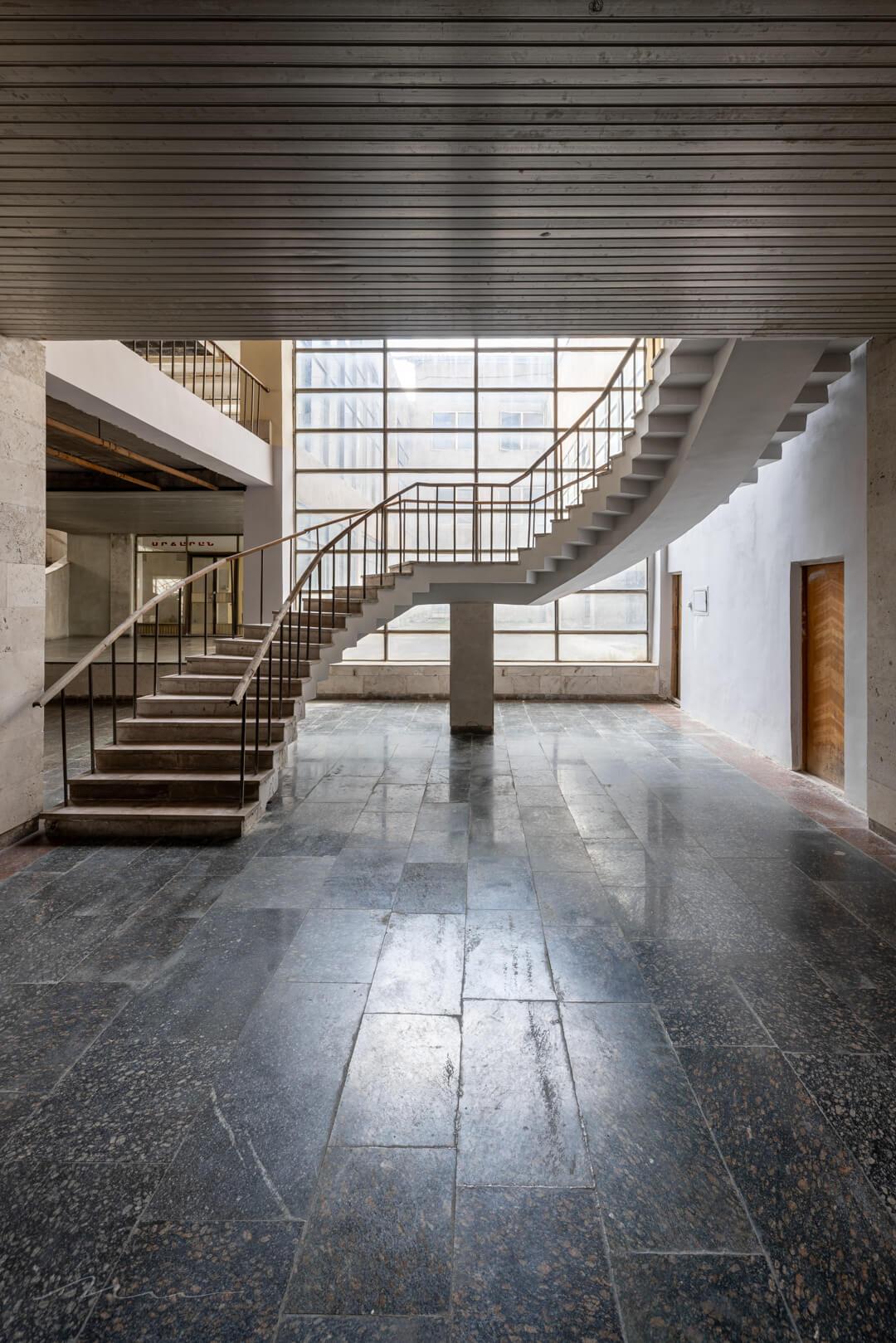
something different
Not abandoned, yet this place tells a different story. What was once a gateway for travelers has become a "forgotten" monument. And yet, standing before it, you can still feel the weight of its ambition — the echoes of a system that sought to shape lives through concrete and design.
For me, as a photographic artist, these spaces are invaluable. They challenge me to find beauty in forgotten places and ask deeper questions about permanence, progress, and power. Every angle of the Northern Bus Station offered a visual tension — between the past and the present, the intended and normally the abandoned. Capturing that tension is what drives my work.
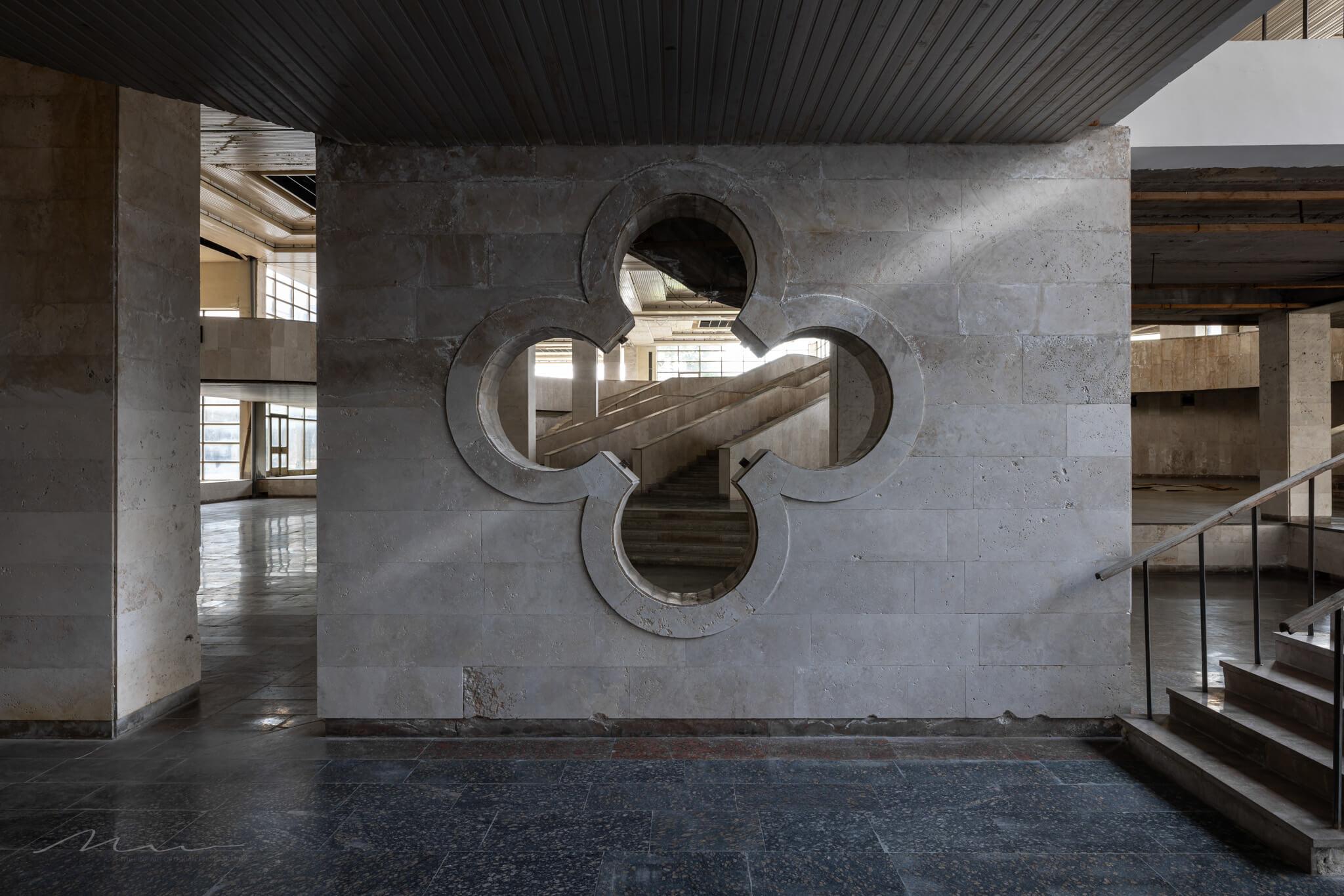
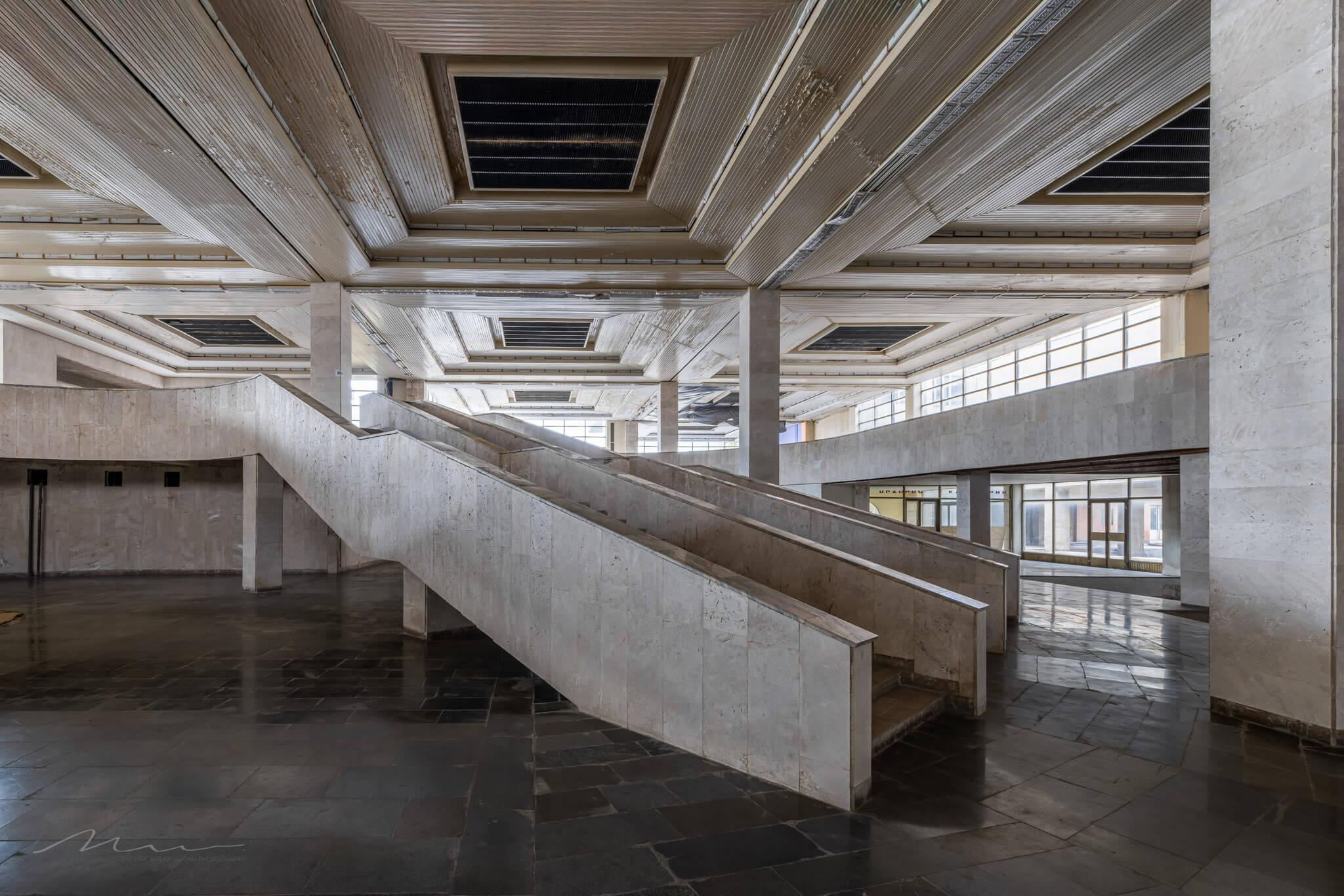
As urban exploration photography continues to gain interest, locations like this brutalist bus station become more than just relics. They become canvases. They remind us that architecture is not only about shelter, but about culture, ambition, and the invisible forces that shape our environment.
This visit was not just another exploration — it was a journey into the soul of Soviet architectural ambition, filtered through years of silence and nature’s slow reclamation. The Northern Bus Station is in use 'till this day, but it remains wide open to the eye — and to the imagination.
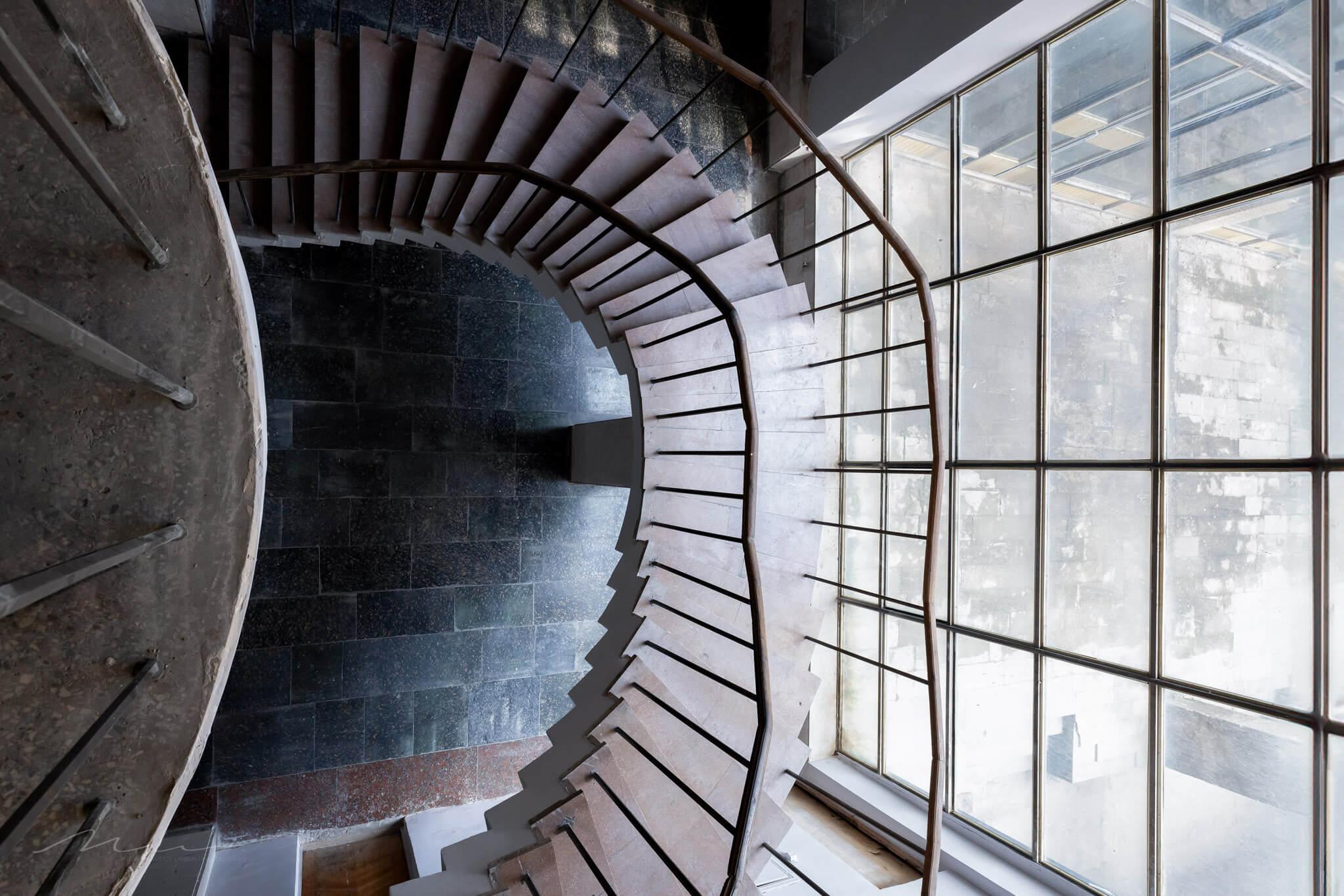
Brutal Beauty in Decay
The Soviet Bus Station of Yerevan, Armenia

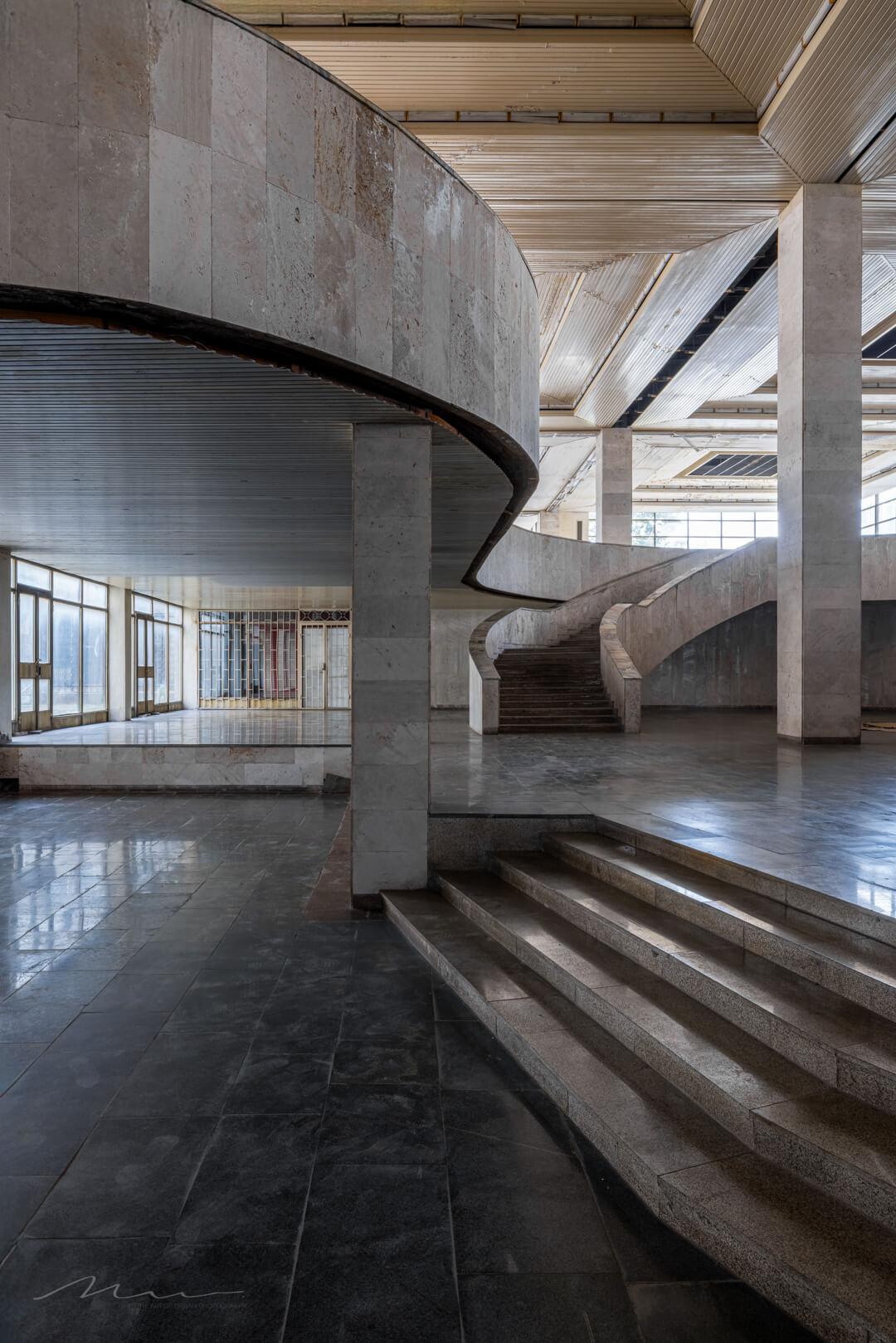
Photogenic
While "we" are on grounds of the deceased and the Oval Crypta is offcourse special to the family's. Most of the present people are ok with it, I mean taking pictures in here. I have visited this place twice in the last few years and each time we met very nice people.
